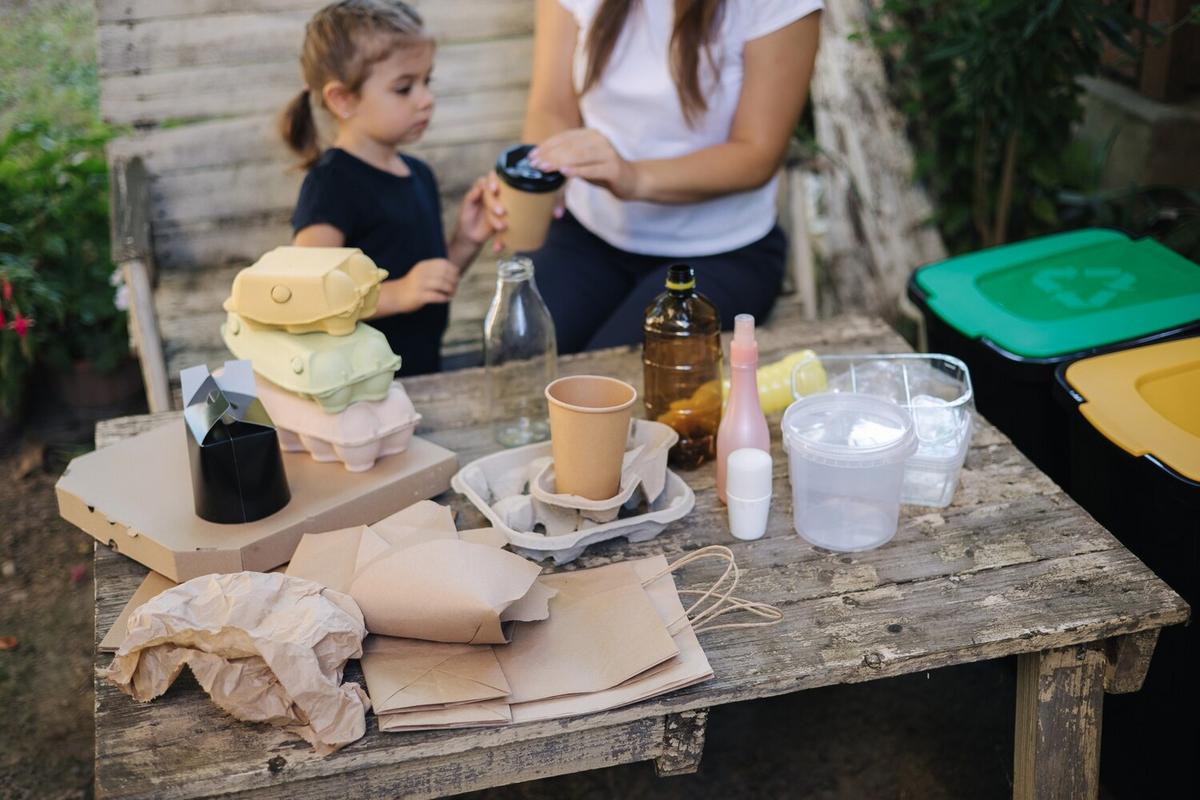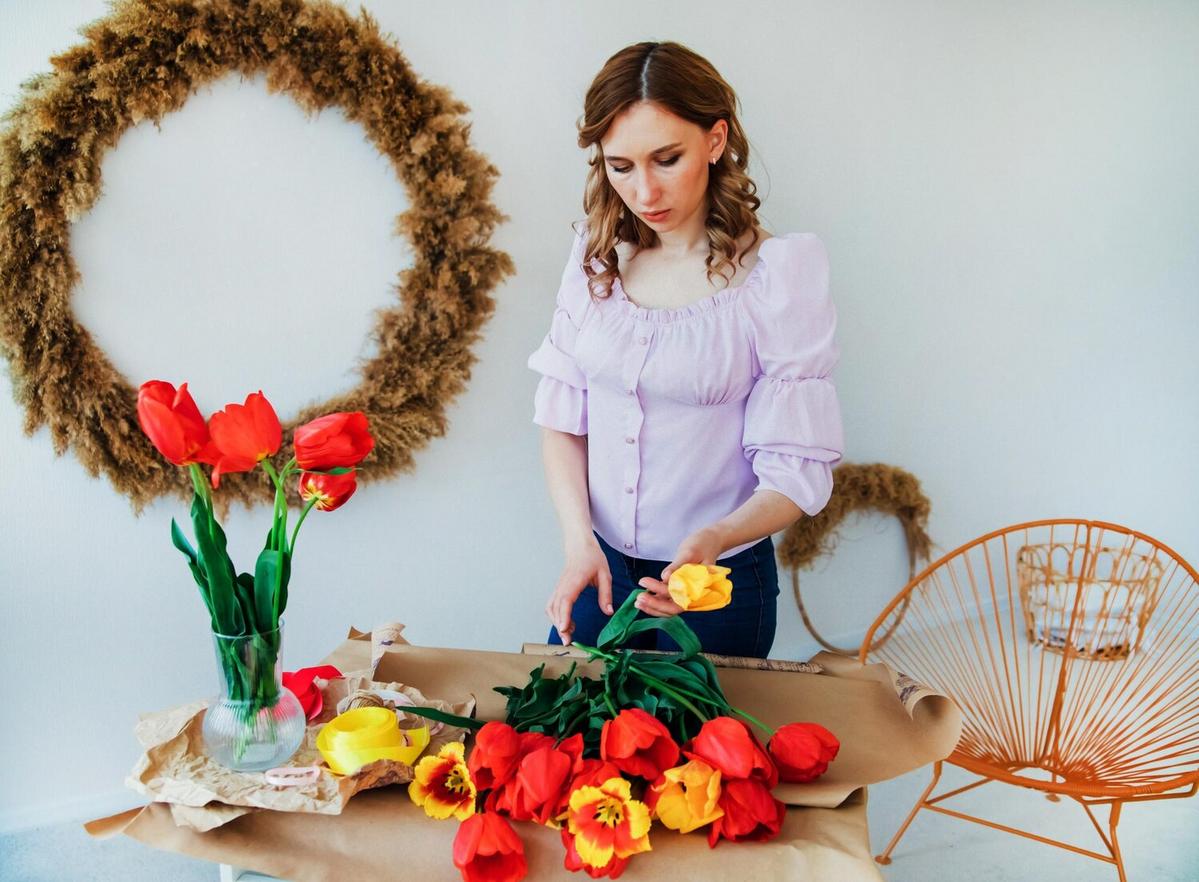
Crafting with Organic Materials: Safe, Natural DIY Projects
Exploring the world of crafting with organic materials opens up a realm of creativity that not only sparks joy but also aligns with sustainable living practices. Embracing natural elements in your DIY projects can lead to safer, eco-friendly creations that benefit both you and the planet.
Why Choose Organic Materials?
Using organic materials in crafting is a growing trend with environmental benefits. According to research by the Environmental Protection Agency, reducing synthetic waste significantly contributes to environmental conservation. By opting for natural materials, crafters help reduce the demand for non-renewable resources.
Expert Insights
“Crafting with materials like bamboo, cotton, and wool not only supports sustainability but also enhances the tactile experience,” says eco-crafting enthusiast and workshop leader Lisa Harding. Her workshops highlight the benefits of using materials that are renewable and biodegradable.
Getting Started: Organic Craft Materials
- Bamboo: Known for its rapid growth and renewability.
- Cotton: A versatile material that is soft and easy to dye with natural colors.
- Wool: Provides warmth and is excellent for felting projects.
- Jute: Strong and durable, perfect for ropes and macramé.
Personal Experiences
When I first began using organic materials in my projects, I noticed a significant improvement in the quality and feel of my creations. Using natural dyes on cotton, for example, produced vibrant colors that synthetic dyes can’t match.
Actionable Tips for Crafting with Organic Materials
- Start small with projects like eco-friendly tote bags or plant hangers.
- Explore local markets for unique and sustainable materials.
- Experiment with natural dyes made from vegetables and plants.
Comparison Table of Organic Materials
| Material | Properties | Best For |
|---|---|---|
| Bamboo | Strong, lightweight | Furniture, crafts |
| Cotton | Soft, breathable | Clothing, bags |
| Wool | Warm, elastic | Knitting, felting |
| Jute | Durable, coarse | Ropes, macramé |
| Hemp | Strong, eco-friendly | Textiles, ropes |
| Cork | Water-resistant, buoyant | Coasters, bulletin boards |
| Recycled Paper | Eco-friendly, versatile | Origami, card-making |
| Seagrass | Renewable, sturdy | Baskets, weaving |
FAQ
What are the benefits of using organic materials in crafting?
Organic materials are sustainable, reduce environmental impact, and often have superior quality and durability.
How can I find organic materials for my projects?
Check local craft stores, online marketplaces, or farmer’s markets for a variety of organic materials.
Are organic crafts more expensive?
While some materials may be pricier, the environmental and quality benefits often outweigh the initial cost.
Conclusion
Crafting with organic materials not only supports environmental sustainability but also enhances your creative projects with natural beauty and quality. By incorporating these elements into your DIY endeavors, you contribute to a healthier planet while enjoying the unique benefits that nature provides. Start your journey today with a simple project and explore the endless possibilities of sustainable crafting.


